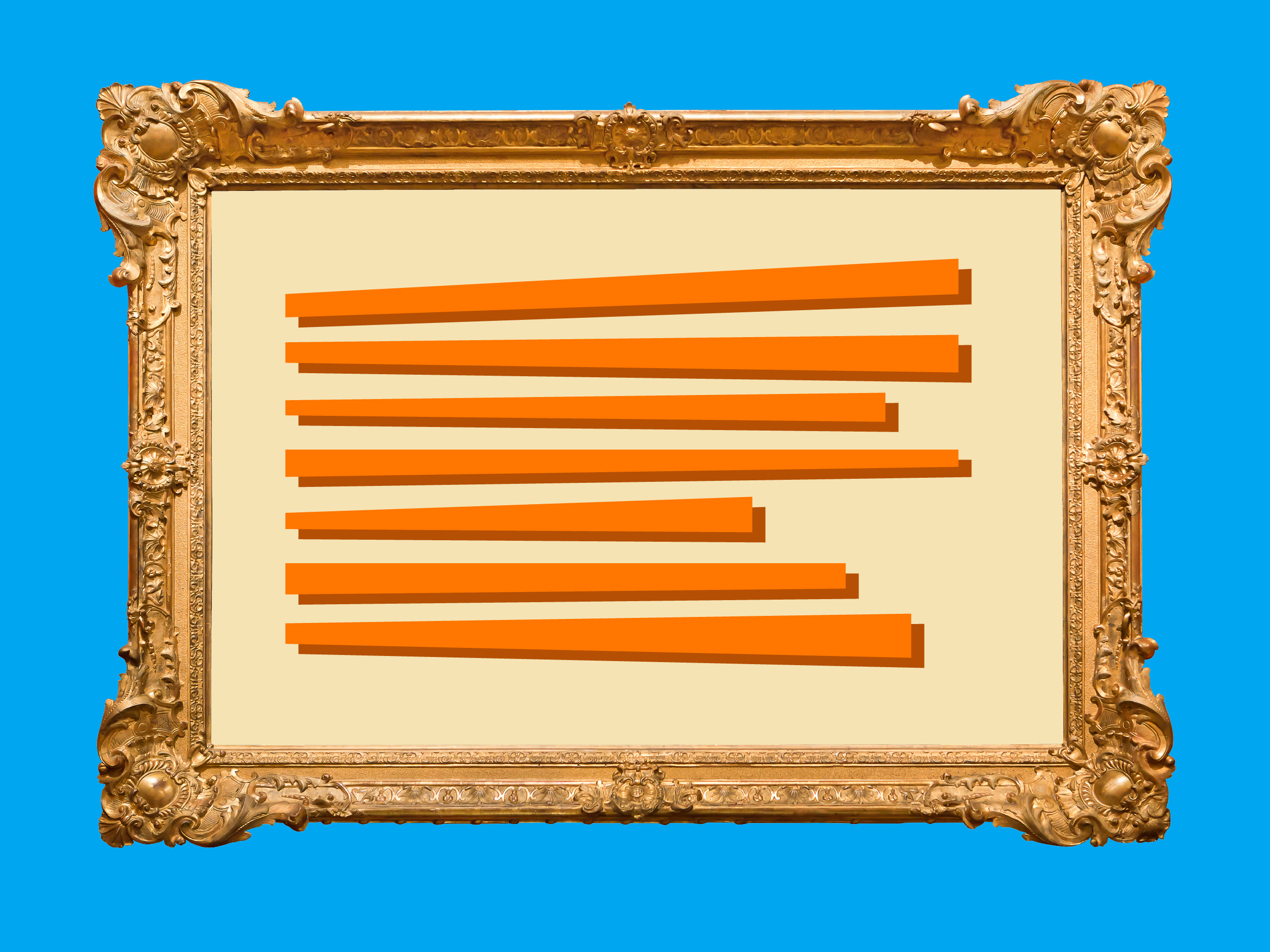Advanced Proficiency: Create prompts that encourage students’ sophisticated language use and analytical thinking. For younger students, focus on foundational academic terms like compare, explain, and justify. For older students, incorporate more complex academic language such as synthesize, evaluate, and critique. Include language stems that model advanced sentence structures and academic vocabulary use. This approach maintains high expectations while supporting students’ continued language development through meaningful peer interaction and written expression.






